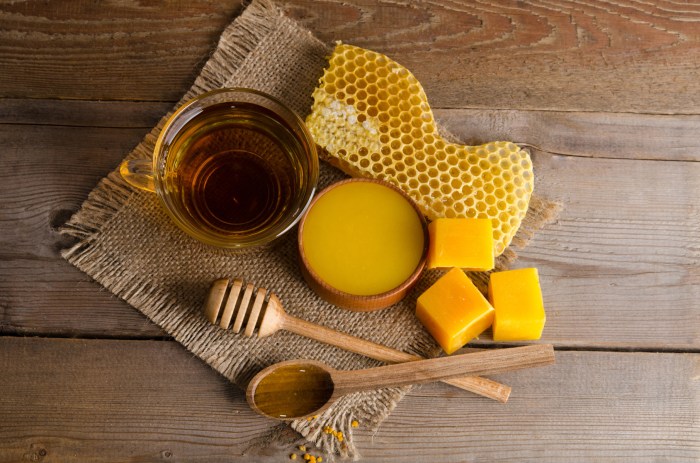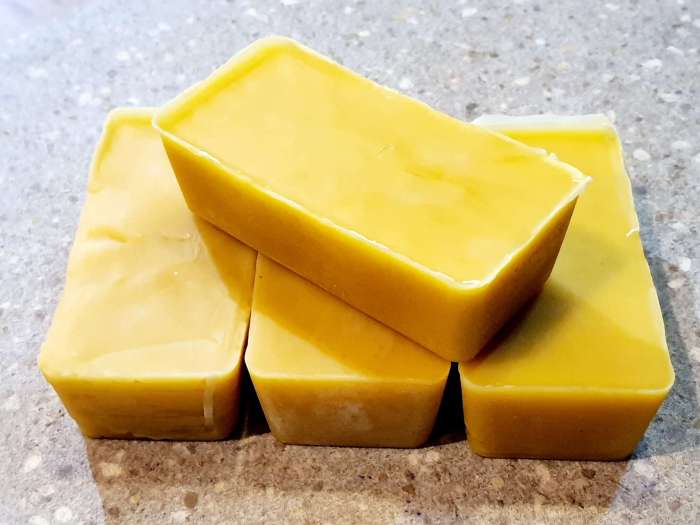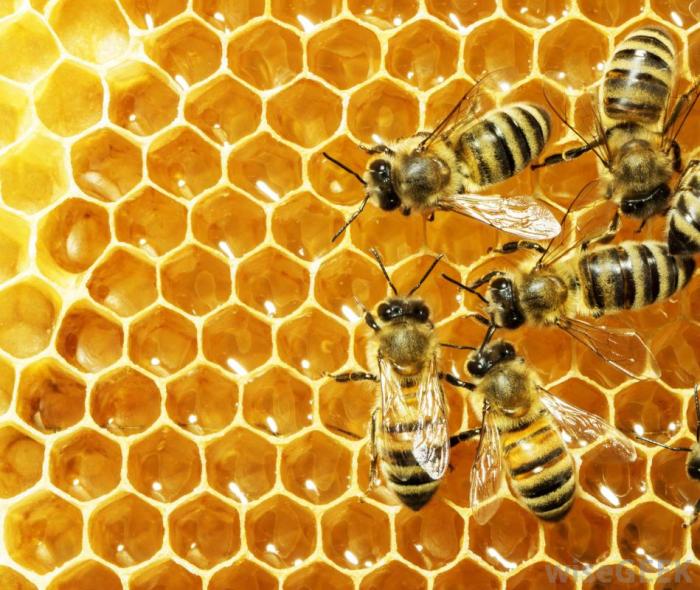What is the binder in encaustic painting? This question takes center stage in this comprehensive guide, where we delve into the fascinating world of encaustic art. From its ancient origins to its unique characteristics and the crucial role of binders, this exploration promises to unveil the secrets behind this captivating medium.
Encaustic painting, an art form that has stood the test of time, employs a unique combination of pigments and a binding agent, commonly referred to as the binder. This binder serves as the glue that holds the pigments together, influencing the work’s durability, texture, and overall appearance.
Understanding the nature and properties of binders is paramount for artists seeking to master this ancient technique.
Encaustic Painting: An Overview

Encaustic painting is an ancient art form that involves the use of heated beeswax mixed with pigments to create durable and vibrant paintings.
Unique Characteristics of Encaustic Painting
Encaustic paintings have a distinct appearance and texture, with a glossy, luminous finish that is often described as “honey-like” or “waxed.” The medium allows for a wide range of effects, from delicate glazes to thick impasto applications.
Advantages and Disadvantages of Encaustic Paints
- Advantages:Durable, water-resistant, and archival; vibrant colors; allows for a variety of techniques.
- Disadvantages:Can be challenging to master; requires specialized equipment; heat can damage the painting if not controlled.
The Role of Binders in Encaustic Painting
Definition of “Binder”
In the context of encaustic painting, a binder is a substance that holds the pigment particles together and creates a cohesive film on the painting surface.
Function of Binders
- Bind the pigment particles together to form a durable paint film.
- Control the viscosity and flow of the paint.
- Influence the transparency, gloss, and other properties of the paint.
Types of Binders Used in Encaustic Painting
Traditional binders for encaustic painting include beeswax, damar resin, and mastic resin. Modern binders include acrylic emulsions, alkyd resins, and polyvinyl acetate (PVA).
Traditional Binders: What Is The Binder In Encaustic Painting
Beeswax
- Properties:Natural, durable, and archival; creates a smooth, glossy finish.
- Uses:Used alone or in combination with other binders; suitable for a wide range of techniques.
Damar Resin
- Properties:Hard, brittle, and glossy; increases the transparency of the paint.
- Uses:Used to create glazes and thin layers; can be combined with beeswax to improve flexibility.
Mastic Resin
- Properties:Similar to damar resin, but more flexible; creates a slightly less glossy finish.
- Uses:Used to create glazes and thin layers; can be combined with beeswax to improve durability.
Modern Binders

Acrylic Emulsions
- Properties:Water-based, flexible, and durable; creates a matte finish.
- Uses:Used as a binder for cold wax painting; can be mixed with beeswax to create a hybrid medium.
Alkyd Resins
- Properties:Oil-based, durable, and glossy; dries quickly.
- Uses:Used to create encaustic paintings with a more oil-like appearance; can be combined with beeswax to improve durability.
Polyvinyl Acetate (PVA), What is the binder in encaustic painting
- Properties:Water-based, flexible, and adhesive; creates a matte finish.
- Uses:Used as a binder for cold wax painting; can be combined with beeswax to create a hybrid medium.
Choosing the Right Binder

Factors to Consider
- Desired appearance and texture of the painting.
- Specific techniques to be used.
- Durability and archival qualities required.
Determining the Appropriate Binder
The choice of binder depends on the desired outcome and the artist’s preferences. Beeswax is a versatile binder suitable for a wide range of techniques, while damar and mastic resins can be used to create glazes and thin layers. Acrylic emulsions and alkyd resins offer alternatives for artists who prefer water-based or oil-based media, respectively.
Troubleshooting Common Issues
- Cracking:Can occur if the paint film is too thick or if the binder is too brittle.
- Hazing:Can occur if the paint is not heated evenly or if the binder is not compatible with the pigment.
- Yellowing:Can occur if the binder is not archival or if the painting is exposed to UV light.
Quick FAQs
What is the primary function of a binder in encaustic painting?
Binders in encaustic painting serve as the adhesive that holds the pigment particles together, forming a cohesive and durable paint film.
What is the most commonly used traditional binder in encaustic painting?
Beeswax has been the traditional binder of choice for encaustic painting throughout history, prized for its versatility, durability, and ability to create a luminous finish.
What are the advantages of using modern binders in encaustic painting?
Modern binders, such as acrylic emulsions and alkyd resins, offer advantages like increased flexibility, faster drying times, and the ability to create a wider range of textures and effects.